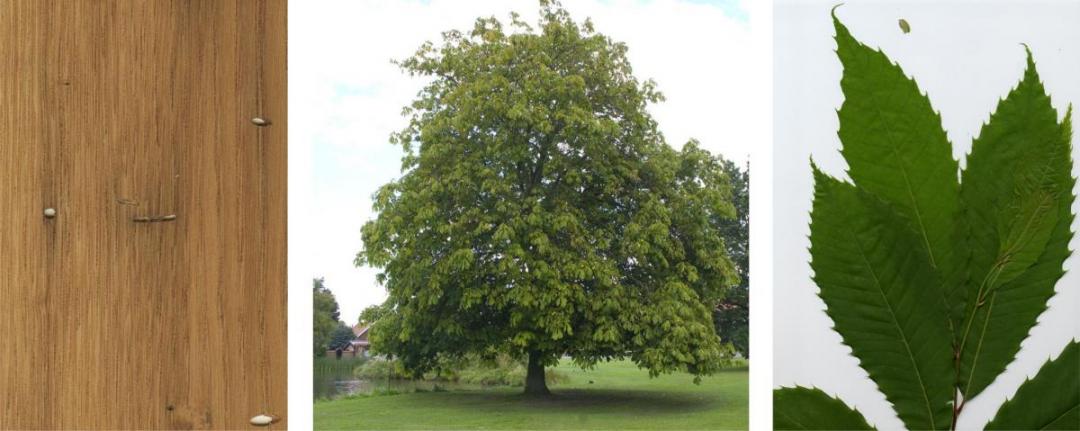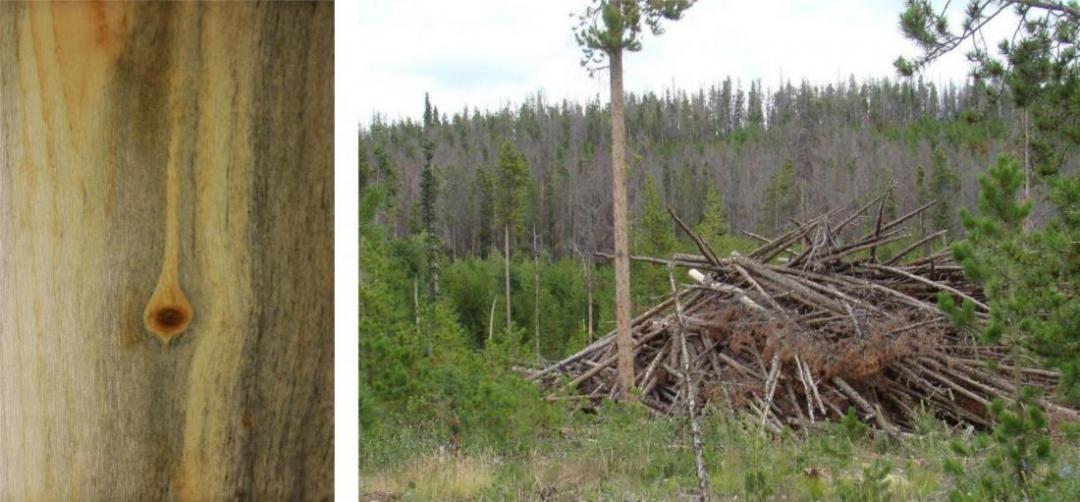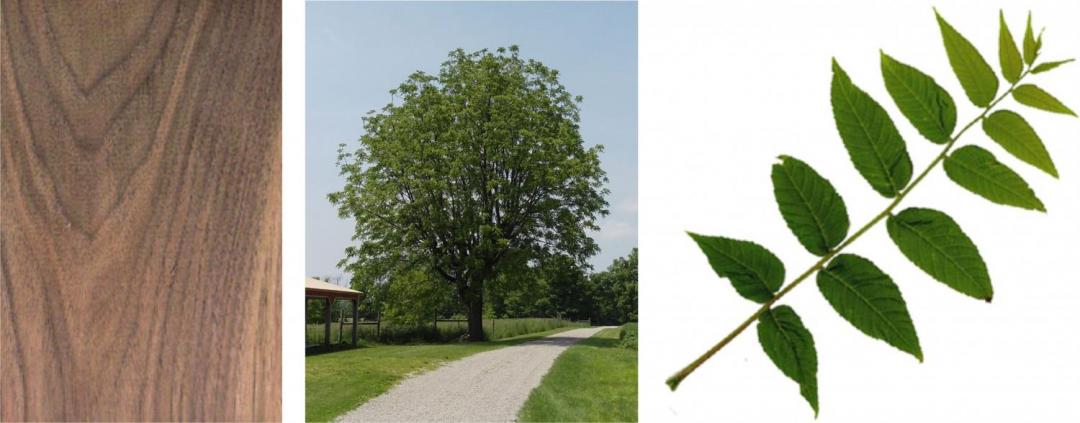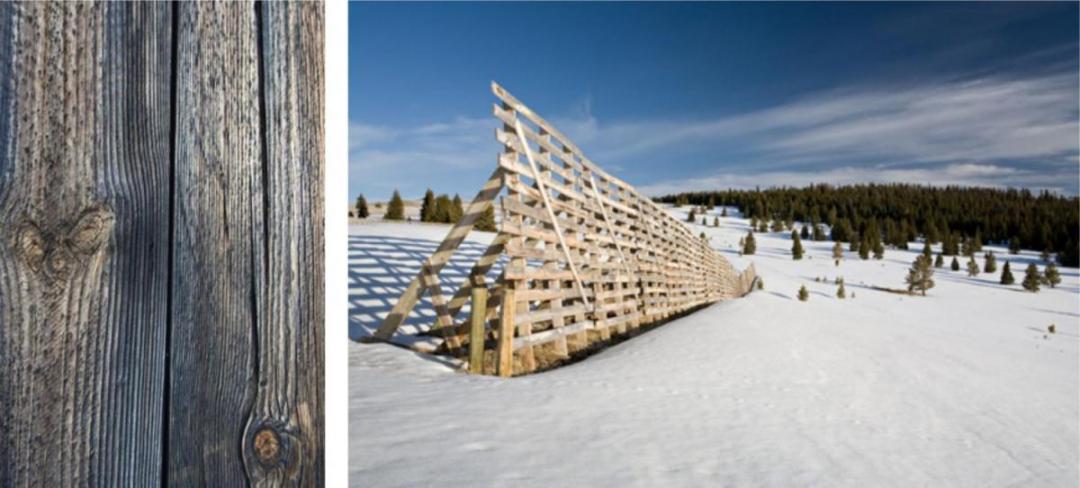Reclaimed Wood
The beauty of solid woods can be encorporated into unique sign sytems in a sustainable manner through the utilization of reclaimed lumber from various sources. Understanding reclaimed wood, from Buildapedia.com.
Some examples are as follows:
In 1904, a most unfortunate "thing" was imported into the United States. This "thing" was the Chestnut blight fungus, or Cryphonectria parasitica. The fungus came into the country on some Japanese and Chinese chestnut trees that were being imported to the Bronx Zoological Park in New York City. The blight then quickly spread to some American chestnut trees in the park through the air and throughout the entire range of the chestnut by the 1940's. Source: Virginia Tech College of Natural Resources and Environment
Due to the trees natual rot-resistant nature, trees killed by the blight were pulled out of forests for decades and used to build barns and other structures. Much of the recaimed wormy chestnut comes from such structures.
Mountain pine beetles inhabit ponderosa, whitebark, lodgepole, Scotch, and other pine trees. Since about 1997, there has been an unprecedented outbreak in the Rocky Mountains due to unusually hot, dry summers and mild winters.
The blue stain fungus...spreads to Lodgepole pine, Ponderosa pine, Douglas-fir, and Whitebark pine trees from the body and a special structure in the heads of Mountain Pine Beetles. The blue stain fungus has evolved a relationship with mountain pine beetles that allow them to travel from tree to tree on a special structure in the beetle’s heads and stops the tree from producing resin to pitch out or kill the beetle, encouraging the pine beetle infestation occurring all along the Rocky Mountains. Source: Wikipedia
Our current inventory was harvested from one 36" dia. tree that had been killed by consecutive summer lightening strikes on a farm in low country South Carolina. Rich in color with some figured grains such as curl, crotch and burl grain from the root base of the tree.
Color can range from a lighter pale brown to a dark chocolate brown with darker brown streaks. Color can sometimes have a grey, purple, or reddish cast. While supplies last.
Snow fence boards harvested by Centennial Woods can range in age from anywhere to 7 to 25 years old, giving it a distinguished look that's a true product of Wyoming's wild weather: snowy winters, arid winds, clear skies, and abundant sunshine. But instead of being broken down by the weather, the wood ラ primarily locally sourced ponderosa pine, douglas fir, spruce and lodgepole pine ラ is strengthened by it, or as Centennial Woods puts it, モperfectly cured.ヤ And since snow fence boards don't touch the ground, the wood isn't affected by bugs or ground moisture making it extra resilient. Source: Mother Nature Network





